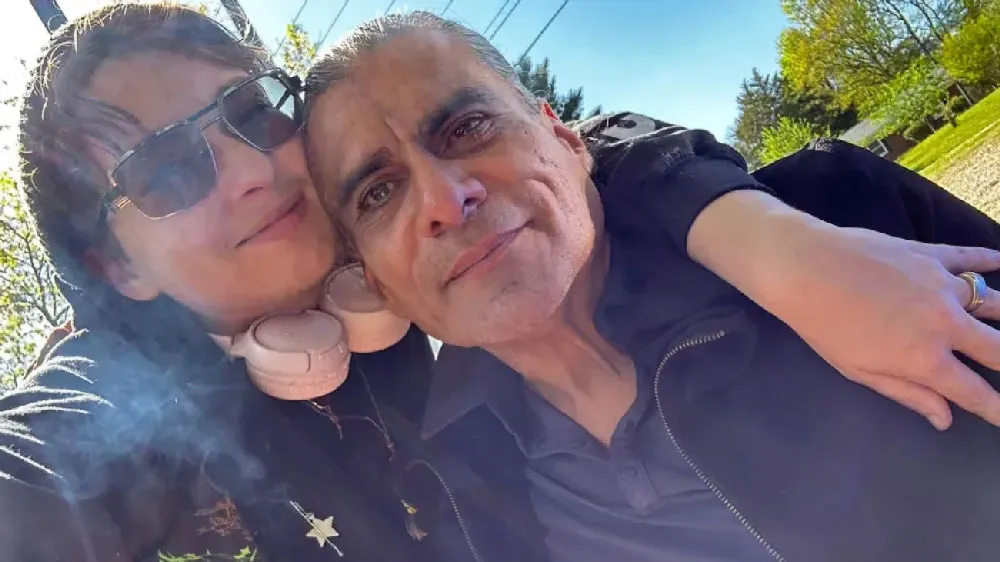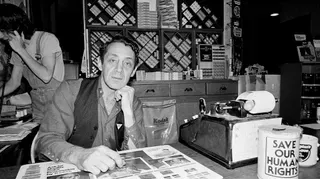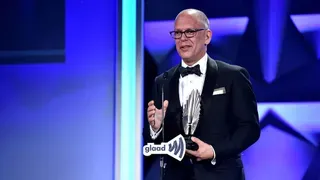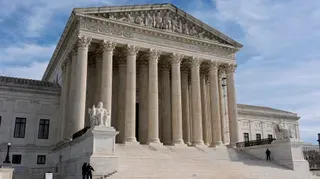April 5, 2010
Studies find patterns of Catholic clergy sex abuse
Kilian Melloy READ TIME: 1 MIN.
The U.S. Conference of Catholic Bishops in 2002 commissioned a series of surveys and studies on the roots of the clergy sex abuse crisis from the John Jay College of Criminal Justice and the Center for Applied Research in the Apostolate at Georgetown University.
Researchers' findings so far have helped explain some patterns of abuse in America's Roman Catholic church and challenge some misconceptions about the underlying causes:
OLD CLAIMS: Nearly all of the people coming forward now with abuse claims are adults who say they were molested as children long ago. Only a tiny fraction of the new claims involve alleged victims who are still children.
THE PRIESTHOOD: Because victims often wait decades before speaking out, most of the clergy who are being accused now are dead or have left the priesthood. About 4 percent of all clergy who served in the U.S. since 1950 have been accused of molesting children.
THE VICTIMS: The overwhelming majority of the victims were adolescents. That means very few guilty priests were pedophiles, a term mental health professionals reserve for those who target pre-pubescent children. The distinction is important in deciding how to prevent potential abuse.
HOMOSEXUALITY: Even though about 80 percent of victims were boys, the John Jay researchers and other experts on sex offenders say it does not mean the perpetrators were gay. Priests had more access to boys, which likely explains the high percentage of male victims, researchers say.
Kilian Melloy serves as EDGE Media Network's Associate Arts Editor and Staff Contributor. His professional memberships include the National Lesbian & Gay Journalists Association, the Boston Online Film Critics Association, The Gay and Lesbian Entertainment Critics Association, and the Boston Theater Critics Association's Elliot Norton Awards Committee.






